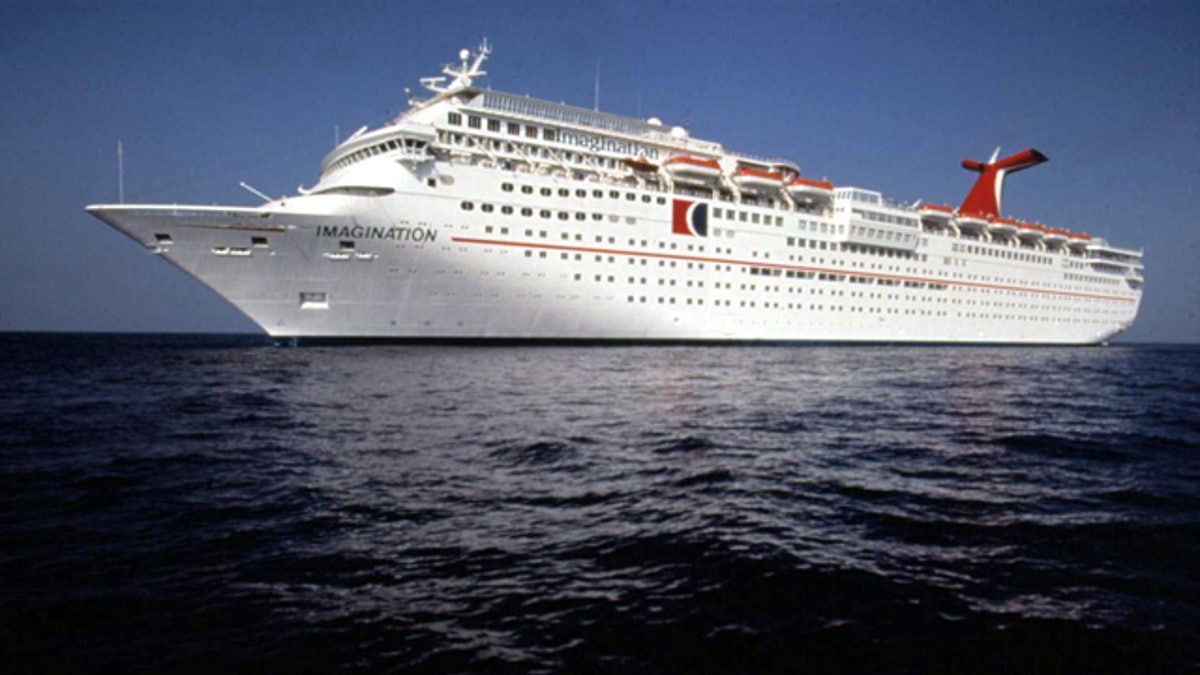
(Reuters)
Longer, wider heavier cruise ships could be coming soon to a port near you.
Up and down the Atlantic and Pacific coastlines and around the Gulf of Mexico, U.S. cities and ports are spending millions of dollars to dredge and prepare the next generation of cargo and cruise ships, which are getting much more massive in size.
The reason is due to the $5.25 billion construction project within the narrow isthmus of the Panama Canal. The project will have wider, deeper locks that will allow larger ships -- up to 1,200 feet long and 160 feet wide, known as Panamax size -- to cross from the Atlantic to the Pacific, and vice-versa, beginning in 2014.
Cities that do nothing to make room for the larger ships won't be able to economically tap into those larger loads.
In Key West, Fla., the sweltering heat of the summer is about the only thing hotter than the controversy splitting this town.
On one side are those who want the potential economic windfall from cruise ship business. On the other side are those who say the mammoth ship will ruin the coral reefs and marine life that attracts people to Florida in the first place.
About 350 cruise ships visit Key West on their Caribbean itineraries each year, injecting about $70 million into the local economy. Allowing bigger cruise ships of the future means bringing thousands of passengers who can drop into the waterfront shops and bars along Front and Duval streets.
To make room for the Panamax-size cruise ships, it will take widening a 1.5 mile stretch of the shipping channel into Key West, from its current 300 feet to 450 feet.
But this is within the Florida Keys National Marine Sanctuary, a federally protected area.
Underneath the surface along the shipping channel is a still-unknown amount of sea grass and coral, part of the marine ecology that sustains the fish we eat. Opponents of channel widening, like Millard McCleary of Reef Relief, wonder why anyone would want to diminish what remains of the Keys' reefs.
"Over the past 10 years or so, we've lost 90 percent of our coral reefs," he says. That's due to coral bleaching -- often associated with global warming -- as well as disease and human mismanagement.
"The ocean is the reason people come down here on vacation, and that's where we get our economy from, from tourism dollars, (like) fishing and scuba diving. If we jeopardize our marine environment for other reasons, then we are kind of missing the point," McCleary said.
But supporters of widening Key West's shipping lane say the point is an economic one. Hundreds of local jobs depend on the cruise ships coming to town for their eight-hour visits.
"It is a tourist destination, and we have tourists that come by plane, by car and by ship," says City Manager Jim Scholl, one of the leading proponents of adding 150 feet to the width of the shipping lane.
"It is a great port of call for the Caribbean itineraries," he said, adding it will be lost, or at least called on less, if the dredging isn't eventually done.
At a recent public hearing, residents were divided over the issue.
The seven-member Key West City Commission will vote by October whether to move forward with the widening plan. The following step would be to get a sponsor in Congress and then get it onto the U.S. Army Corps of Engineers' civil projects list.
Then, $5 million will need to be found for a feasibility study, which would answer how much of what is below the surface along the channel's east and west boundaries is coral, seagrass and more.
Regardless, there is no debate over the future size of the ships that ferry containers and tourists around the world. They're going to be huge.

